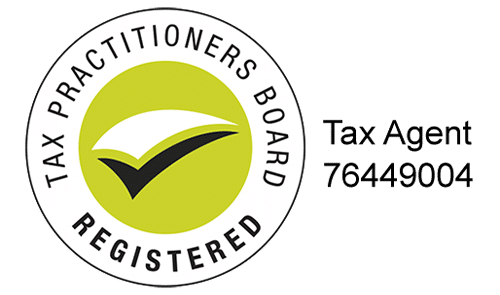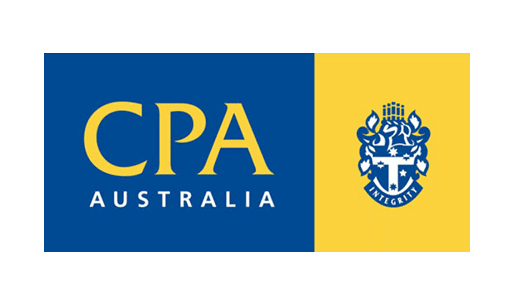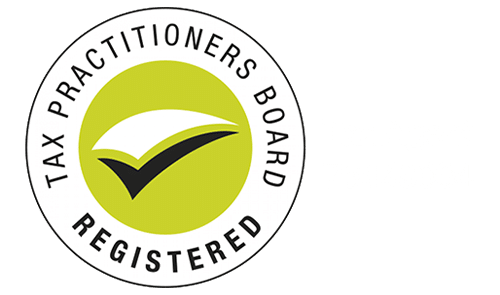 What is the bring-forward rule?
What is the bring-forward rule?
The annual non-concessional (after-tax) contributions cap is currently $180,000 in a financial year. Excepting that Australians under the age of 65 in the financial year that a contribution is made have the opportunity to bring forward two years of non-concessional contributions.
If you’re under the age of 65, once you contribute more than $180,000 (this can be as little as $1 over that threshold, in the any particular financial year, you automatically trigger the bring-forward rule for the following two financial years.
The bring-forward rule means that it is possible to make up to $540,000 (potentially for the 2015/2016 year). For example, a contribution of $300,000 in the first year would mean that the three year bring forward rule has been triggered and non concessional contributions in the following two financial years must not exceed a total of $240,000. Monitoring non-concessional contributions is vital and there are some tips and traps that can apply.
 Tips and Traps
Tips and Traps
The ability to bring forward the three year limit is generally restricted to Australians under age 65 but it can also apply if the individual turns 65 in the financial year the contributions is made. The only difference being that if the contribution limit of $540,00 is not all used in that particular year, in order to contribute in the following two year and maximize the contributions threshold the individual must pass the work test (40 hours gainful employment in a 30 day period).
Beware of the excess contributions regime! If you have made excess concessional contributions the excess value not only gets slammed with excess contributions tax but the excess also gets included in the total when assessing whether or not the non-concessional contributions thresholds have been exceeded. Keep in mind that individuals contributing the maximum $180,000 and who have also made excess concessional contributions will have automatically triggered the three year bring forward rule, perhaps without even realizing it.
Note: To confuse the matter even further we are currently still transitioning any three year bring forward rules triggered in the 2013/2014 year when the annual limit was $150,000. If the bring forward rule was triggered in or before that time the three year threshold remains at $450,000 until the three year period has expired even though the new annual threshold is $180,000.
If you have any questions, please contact us at Optima Partners on 6267 2200 or email Liz.
LIZ GIBBS
SMSF MANAGER – OPTIMA PARTNERS








